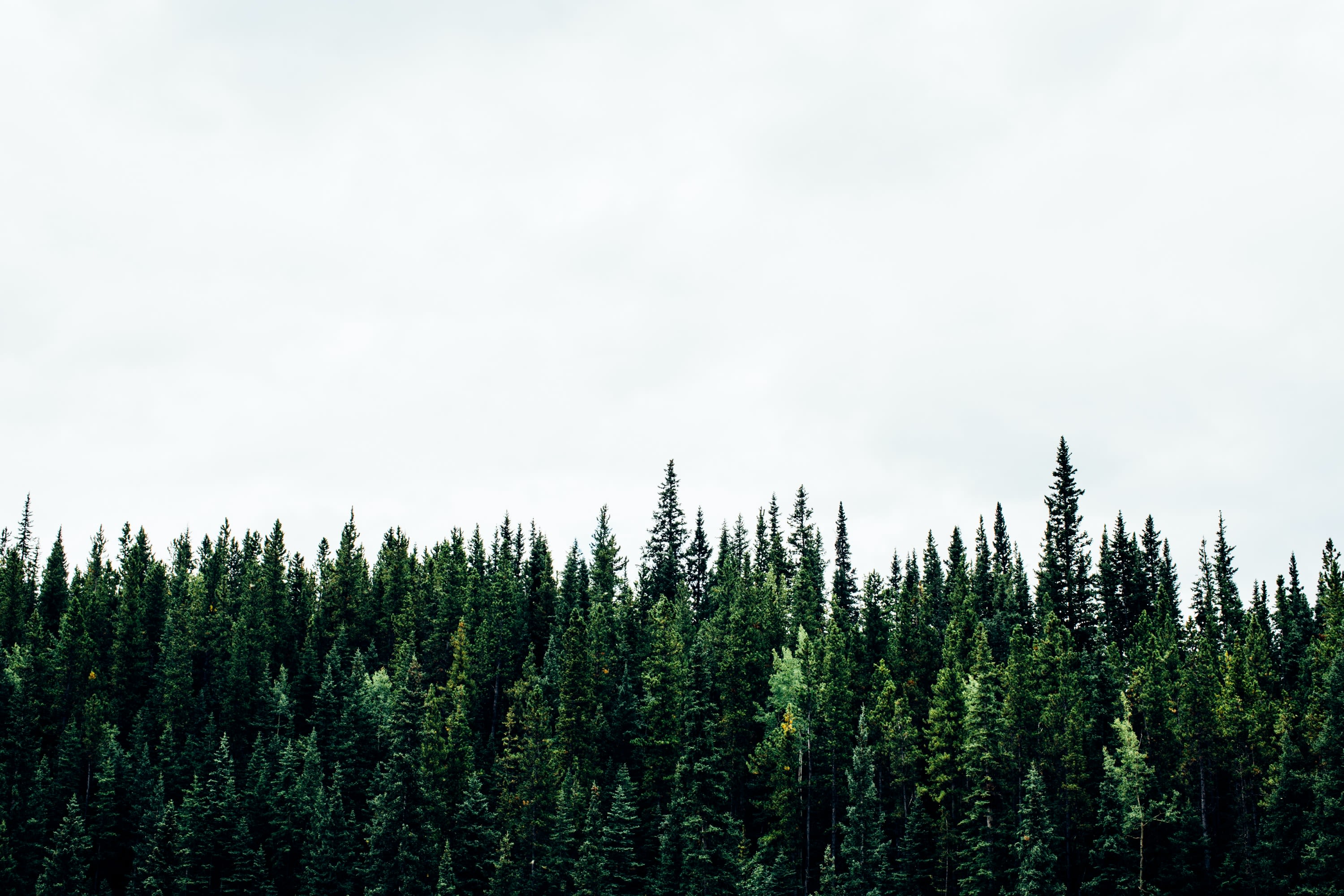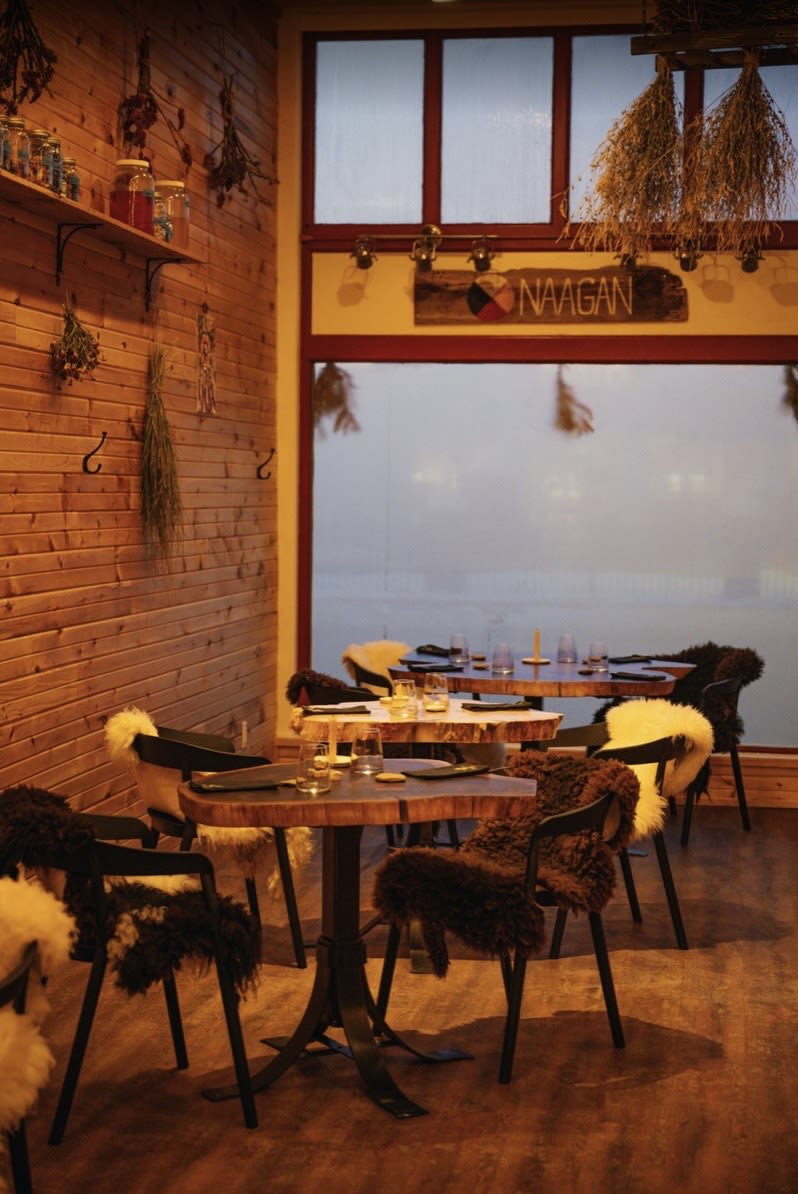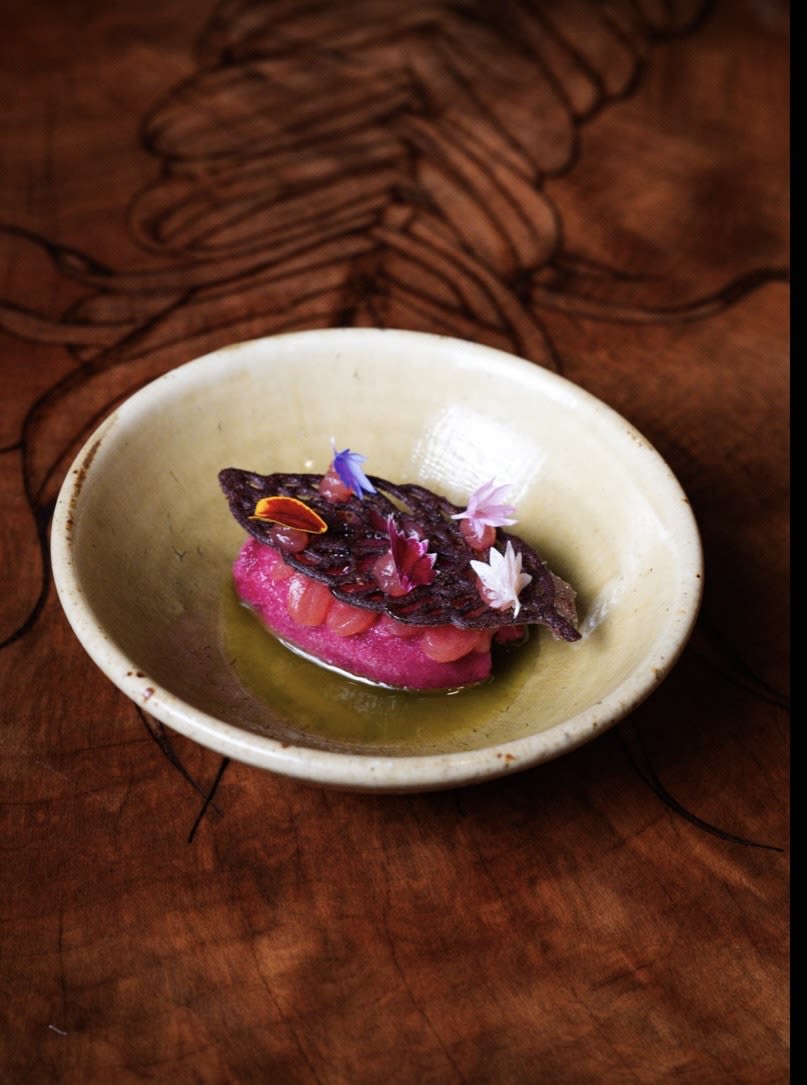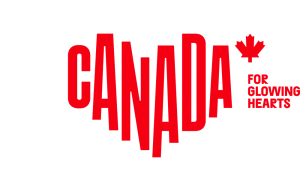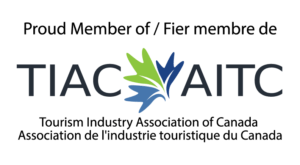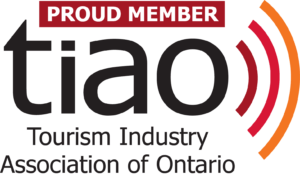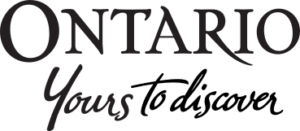Beyond Bannock
A Conversation on Progressive Indigenous Cuisine with Chef Zach Keeshig, owner of Naagan in Owen Sound, Ontario.
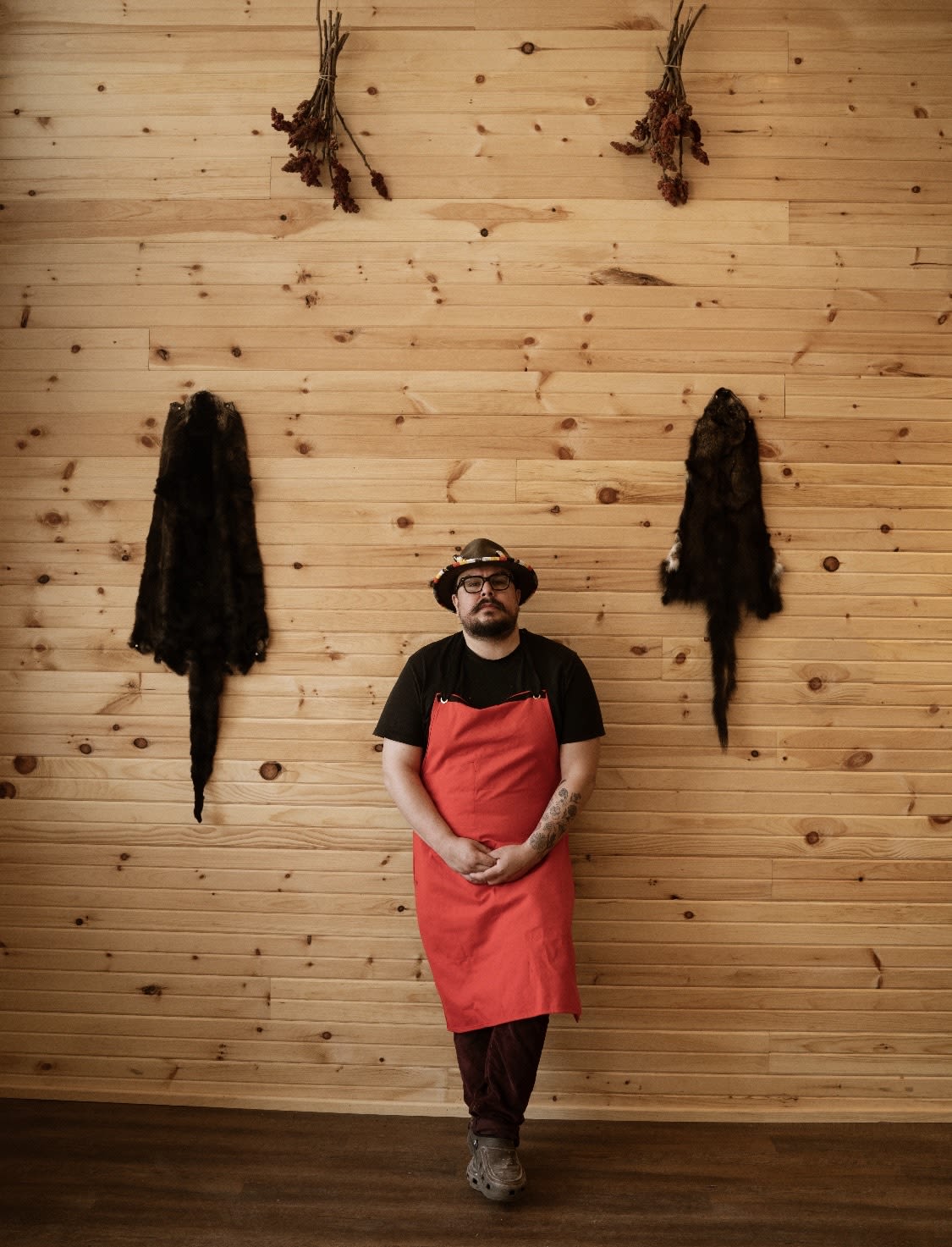
Indigenous cuisine is undergoing a transformation, and at the forefront of this evolution is Chef Zach Keeshig of Naagan.
Rooted in deep respect for ancestral foodways while embracing modern culinary techniques, Zach’s work exemplifies the essence of progressive Indigenous cuisine. Through his commitment to hyper-local ingredients and storytelling, he is redefining what it means to cook and experience Indigenous food in Canada.
Zach's solo culinary journey began in 2016, following stints at Langdon Hall and working with Michael Stadtländer.
Bored by the repetitiveness of conventional restaurant cooking and the reliance on mass-produced ingredients, Zach sought to introduce tasting menus inspired by foraging and hyper-local sourcing. This endeavour evolved into Naagan, a space where he could explore and reinterpret Ojibwe food traditions.
“I decided I was going to take old recipes from my aunts, Elders, and Grandma and modernize them,” Zach recalls. “But when I went home to the reserve, there weren’t recipes to be handed down, just knowledge about what our people were eating, hunting, and foraging.”
This realization led him to focus on the traditional foods of the Nawash territory, combining them with high-level techniques to create a new vision of Indigenous cuisine.
Indigenous cuisine is undergoing a transformation, and at the forefront of this evolution is Chef Zach Keeshig of Naagan.
Rooted in deep respect for ancestral foodways while embracing modern culinary techniques, Zach’s work exemplifies the essence of progressive Indigenous cuisine. Through his commitment to hyper-local ingredients and storytelling, he is redefining what it means to cook and experience Indigenous food in Canada.
Zach's solo culinary journey began in 2016, following stints at Langdon Hall and working with Michael Stadtländer.
Bored by the repetitiveness of conventional restaurant cooking and the reliance on mass-produced ingredients, Zach sought to introduce tasting menus inspired by foraging and hyper-local sourcing. This endeavour evolved into Naagan, a space where he could explore and reinterpret Ojibwe food traditions.
“I decided I was going to take old recipes from my aunts, Elders, and Grandma and modernize them,” Zach recalls. “But when I went home to the reserve, there weren’t recipes to be handed down, just knowledge about what our people were eating, hunting, and foraging.”
This realization led him to focus on the traditional foods of the Nawash territory, combining them with high-level techniques to create a new vision of Indigenous cuisine.
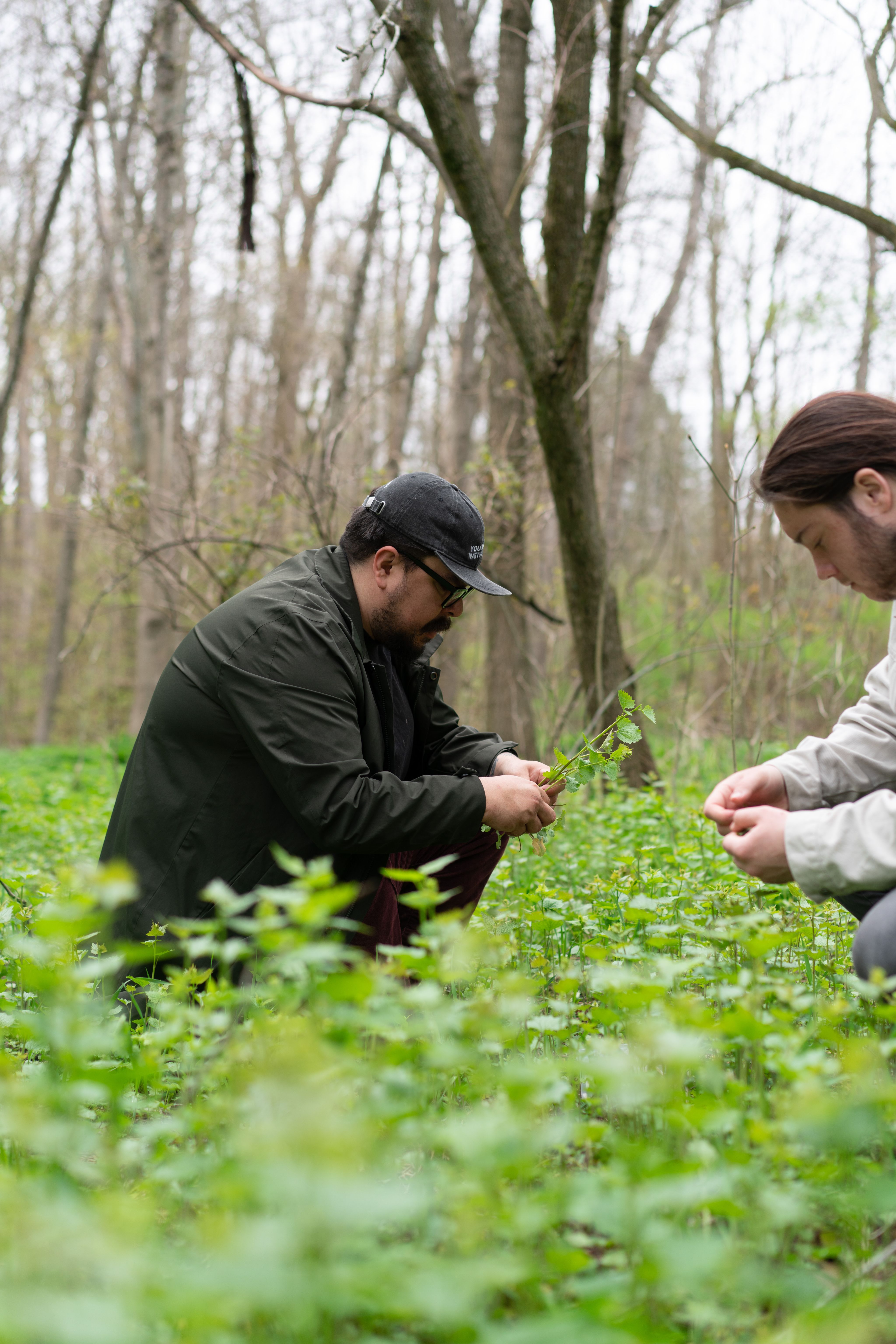
Defining Progressive Indigenous Cuisine
For Zach, progressive Indigenous cuisine means going beyond traditional staples like bannock and wild rice to showcase a broader and more nuanced narrative.
“We’ve removed beef, chicken, and pork from our menu because those aren’t traditional to our diet,” he explains.
Instead, Naagan sources wild game such as deer, wild geese, duck, and quail from local Indigenous hunters, as well as sustainably caught fish from his cousin’s boat.
The philosophy extends beyond proteins. Foraging plays a central role, with ingredients like watercress, chokecherries, mushrooms, and sorrel shaping dishes.
“Using this base of traditional thinking, we can create and showcase a new story and version of Indigenous cuisine,” Zach says.
One of the most challenging aspects of progressive Indigenous cooking is ingredient substitution. Instead of using vanilla or lemon, ingredients not historically available to Indigenous communities, Naagan employs sweetgrass, sweet woodruff, and white sweet clover for their aromatic qualities.
“We pickle spruce tips for acidity, ferment berries, and explore herbal alternatives,” Keeshig notes.
These choices not only preserve authenticity but also educate diners about the land and its abundance.
A striking example of this philosophy is the use of chaga, a medicinal fungus traditionally brewed into tea. At Naagan, chaga is ground into a fine powder and incorporated into cakes and tart doughs, showcasing its versatility and surprising guests with its depth of flavour.
Defining Progressive Indigenous Cuisine
For Zach, progressive Indigenous cuisine means going beyond traditional staples like bannock and wild rice to showcase a broader and more nuanced narrative.
“We’ve removed beef, chicken, and pork from our menu because those aren’t traditional to our diet,” he explains.
Instead, Naagan sources wild game such as deer, wild geese, duck, and quail from local Indigenous hunters, as well as sustainably caught fish from his cousin’s boat.
The philosophy extends beyond proteins. Foraging plays a central role, with ingredients like watercress, chokecherries, mushrooms, and sorrel shaping dishes.
“Using this base of traditional thinking, we can create and showcase a new story and version of Indigenous cuisine,” Zach says.
One of the most challenging aspects of progressive Indigenous cooking is ingredient substitution. Instead of using vanilla or lemon, ingredients not historically available to Indigenous communities, Naagan employs sweetgrass, sweet woodruff, and white sweet clover for their aromatic qualities.
“We pickle spruce tips for acidity, ferment berries, and explore herbal alternatives,” Keeshig notes.
These choices not only preserve authenticity but also educate diners about the land and its abundance.
A striking example of this philosophy is the use of chaga, a medicinal fungus traditionally brewed into tea. At Naagan, chaga is ground into a fine powder and incorporated into cakes and tart doughs, showcasing its versatility and surprising guests with its depth of flavour.
The Role of Foraging & Sustainable Sourcing
Foraging is more than a culinary choice, it is a way to preserve and pass down ancestral knowledge.
Naagan hosts foraging classes to teach guests and aspiring chefs about sustainable harvesting.
“If we want to keep this dying tradition alive, we have to share the knowledge of how to do it properly,” Zach emphasizes.
Sustainability is woven into every aspect of Naagan’s operations. Seasonal preservation techniques such as drying mushrooms, pickling spruce tips, and fermenting berries ensure that Indigenous flavours remain available throughout the year.
These efforts demonstrate that Indigenous foodways are not relics of the past but living traditions that can thrive in contemporary culinary spaces.
“If we want to keep this dying tradition alive, we have to share the knowledge of how to do it properly.”
Zach Keeshig


Naagan honours tradition while pushing culinary boundaries, challenging preconceived notions of Indigenous food.
One dish that encapsulates this approach features lightly cured Canadian scallops served with foraged spruce, wood sorrel, wild mint, dame’s rocket, and rhubarb tea infused with woodruff oil.
“We were on our hands and knees foraging these ingredients like our ancestors,” Zach explains.
A standout dessert showcases birch, a culturally significant material used for canoes, baskets, and medicine. The dish consists of a mushroom-shaped tart made with ground chaga, topped with a sour cherry gelée, pumpkin seed praline, and a crèmeux made from unpasteurized wildflower honey.
Presented on a fallen birch log and accompanied by a table-side dry ice infusion, the dessert evokes the experience of foraging in a birch forest on a foggy morning.
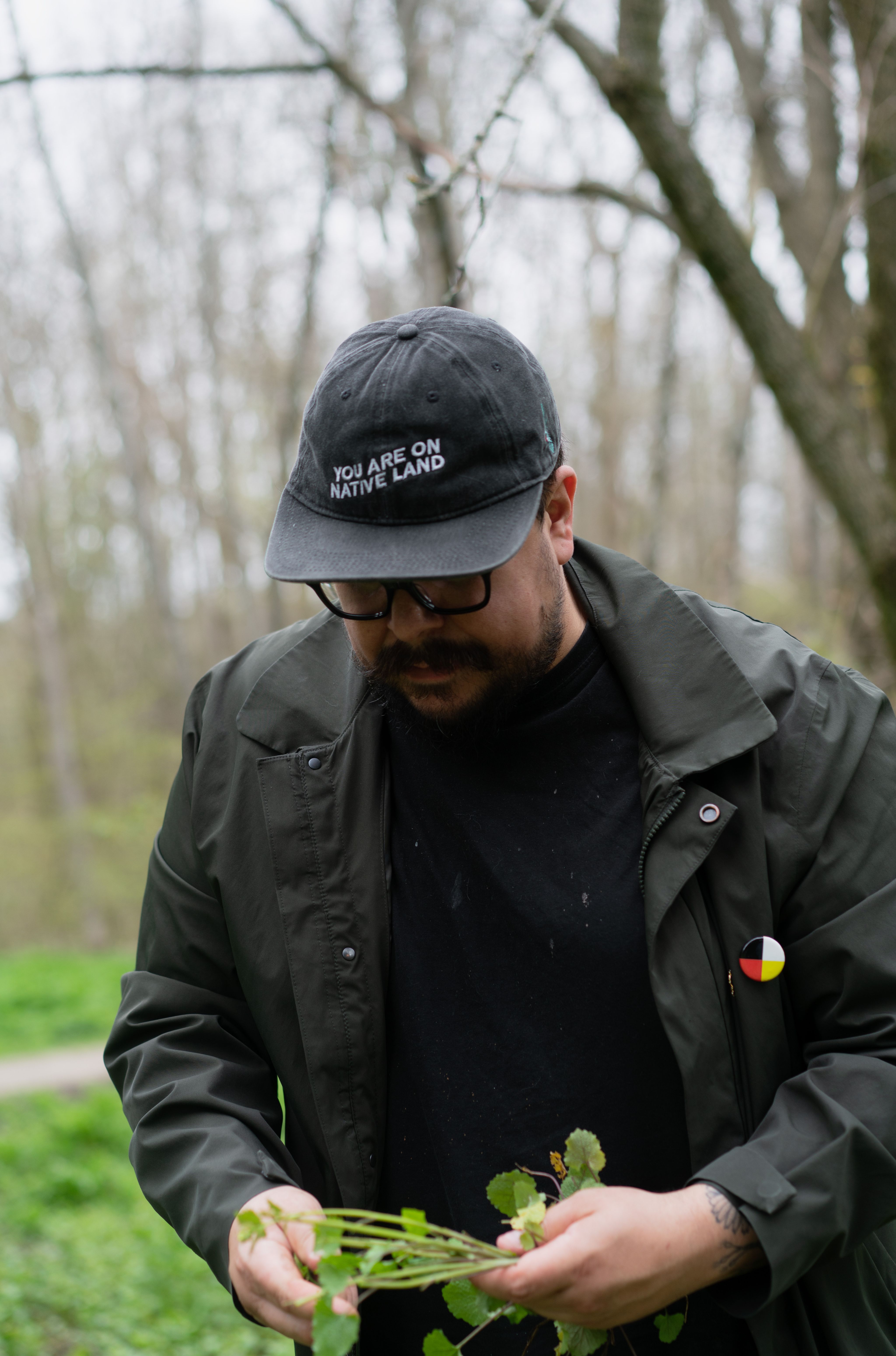
Storytelling Through Food
At Naagan, dining is an immersive educational experience. The menu is written in Ojibwe, with English translations beside each dish name.
Instead of written descriptions, the team shares stories tableside about each dish’s origins, ingredients, and significance. Props such as jars of chaga or fresh white pine oil further enrich these narratives, ensuring that every meal is an opportunity to connect with Indigenous food culture on a deeper level.
Zach is passionate about ensuring Indigenous cuisine is recognized as an integral part of Canada’s culinary landscape.
“Indigenous food should be a household thought, just like going out for Chinese, Indian, French, or Italian,” he asserts. “When people ask what Canadian food is, how can we not look back at what Indigenous people were cooking, eating, foraging, and farming?”
As Indigenous cuisine gains traction, its definition is evolving.
“Most people think Indigenous food is wild rice, squash, and moose meat,” Zach says. “But why can’t a dish of venison backstrap seasoned with spicebush, wild juniper, and birch-smoked over charcoal be Indigenous? We’re using ingredients our people have handed down, but with a contemporary approach.”
“Indigenous food should be a household thought, just like going out for Chinese, Indian, French, or Italian. ”
Zach Keeshig
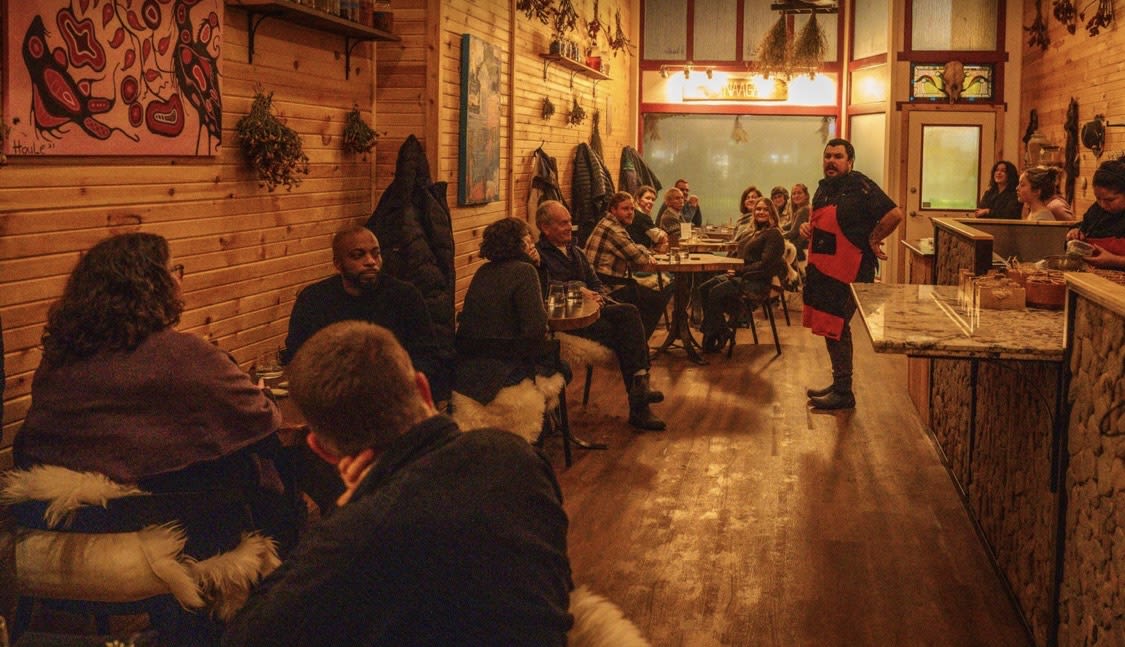

The Future of Indigenous Cuisine
The growing recognition of Indigenous food signals a shift in the culinary world. Chefs like Zach are proving that Indigenous cuisine is not a relic of the past but a dynamic and evolving force.
By blending deep cultural knowledge with modern techniques, Naagan offers a compelling vision of what Indigenous cuisine can be, grounded in history, rich in innovation, and deeply connected to the land.
With chefs like Zach leading the way, Indigenous food is not just being preserved, it is being reimagined for the future.
Imrun Texeira
Chef Imrun Texeira is an acclaimed culinary talent with over 15 years of experience, having worked in top restaurants like the 3-Michelin-starred Noma in Copenhagen. In 2023, he was honoured with the Leader Award of Excellence from Restaurants Canada and the Alumni of Distinction Award from Algonquin College. Recognized as one of Canada’s Top
30-Under-30 hospitality leaders, Imrun owns Wanderlust, a premier private dining experience in Toronto, where he explores modern Canadian cuisine. He also advocates for mental health in hospitality as the Chief Ambassador for The Burnt Chef Project and educates children about Hospitality & Tourism Pathways.

Canada. Crafted by Canadians.
